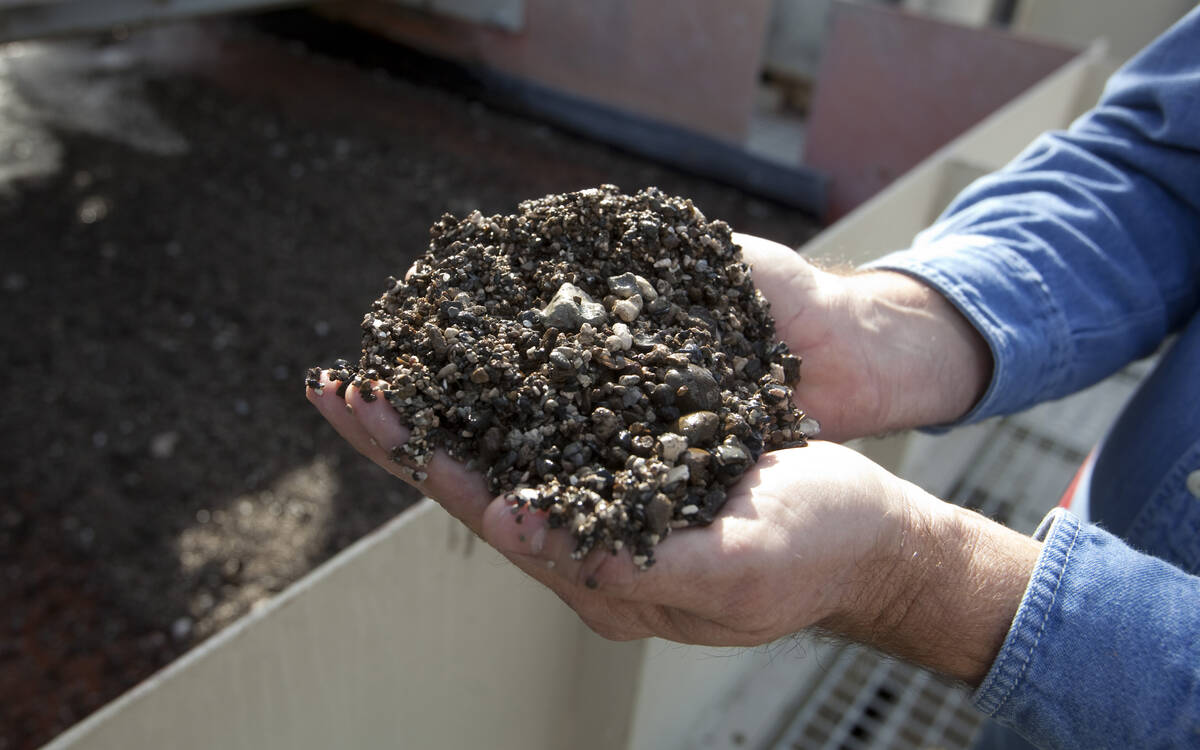Jim Rogers still says there is no end in sight for the long-term commodities boom that he famously began calling for in the late 1990s.
That means he expects more surges in crop prices and general strength in commodity prices for almost a decade longer.
“We have shortages already,” Rogers said in a recent interview with Indian news television channel NDTV.
“There are many shortages developing in many products right now. The world has spent very little in the last 30 years on productive capacity.”
Read Also

Phosphate prices to remain high
Phosphate prices are expected to remain elevated, according to Mosaic’s president.
Rogers’ thesis of the “long-term commodities bull market” came from his observation from a century of data that commodity markets and stock markets appear to have alternating 18 to 19 year cycles of rising prices. That means stock markets tend to rise for periods of about 18 to 19 years while commodities are generally flat or falling. Stock markets then go flat or fall for about 18 to 19 years while commodities generally rise.
The world’s stock markets were essentially flat between 1966 and 1982, while commodity prices, including crop prices, hit many all-time high prices. But in 1982, stock markets began a rally that lasted until 2000 while commodities slumped and stayed low.
Rogers believes that the world has entered another long period of commodity strength and stock weakness, and the commodity price surge of the mid to late 2000s and that of the past year has lent credibility to his views in the eyes of many commodity market observers.
He is bullish on agricultural commodities, which he considers “still very depressed.”
While Rogers’ theory grew out of his observations of long-term price charts, he believes he understands the mechanism that explains the phenomenon.
Commodity prices rise when supplies fall short of demand. The rising price of commodities hurts the companies that have to buy them to make products, so their profits suffer. That is why stock prices in general are weak while commodity prices are rising.
Commodity supply does not increase quickly to meet growing demand, regardless of the increasing prices, because it is difficult to develop new commodity productive capacity.
“There has (only) been one lead mine opened in the world in 25 years,” said Rogers.
Commodity prices can rise or stay high for years while companies and consumers can suffer until new capacity is finally developed.
When that new capacity for producing more crops, energy, metals and other commodities finally begins coming online, supplies grow and prices weaken.
Rogers thinks the most recent longterm commodities bull market began in 1998-2000, so it will likely end before 2020.
Farmers were late to gain from that commodities boom, seeing gains from 2007 onwards, but Rogers said they likely have good times ahead.















